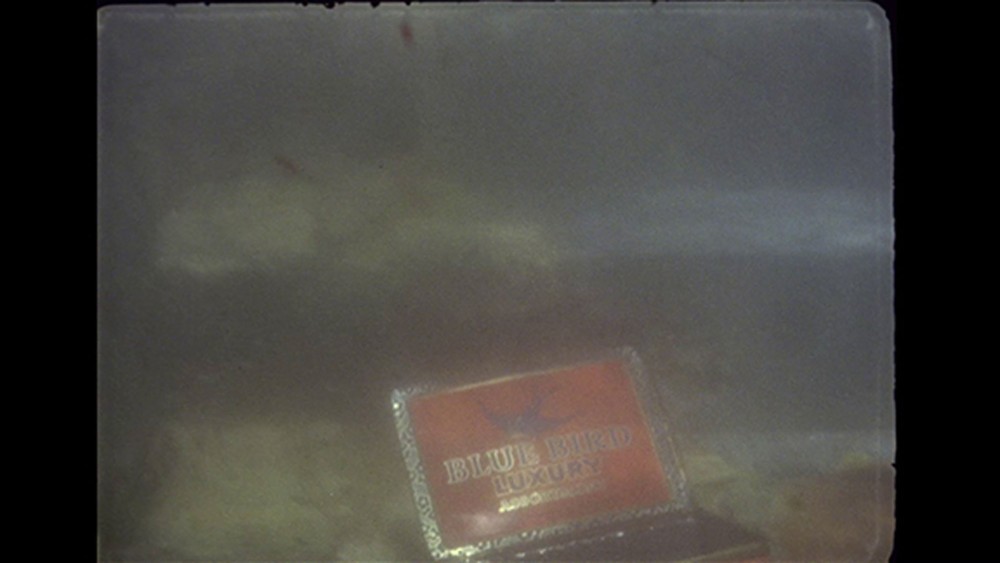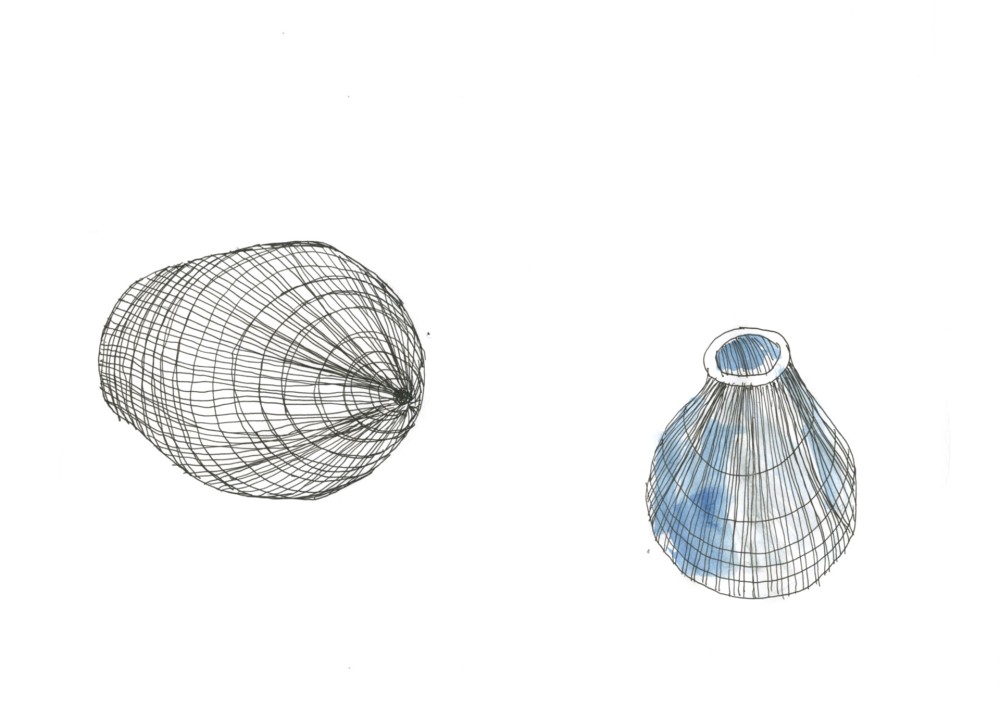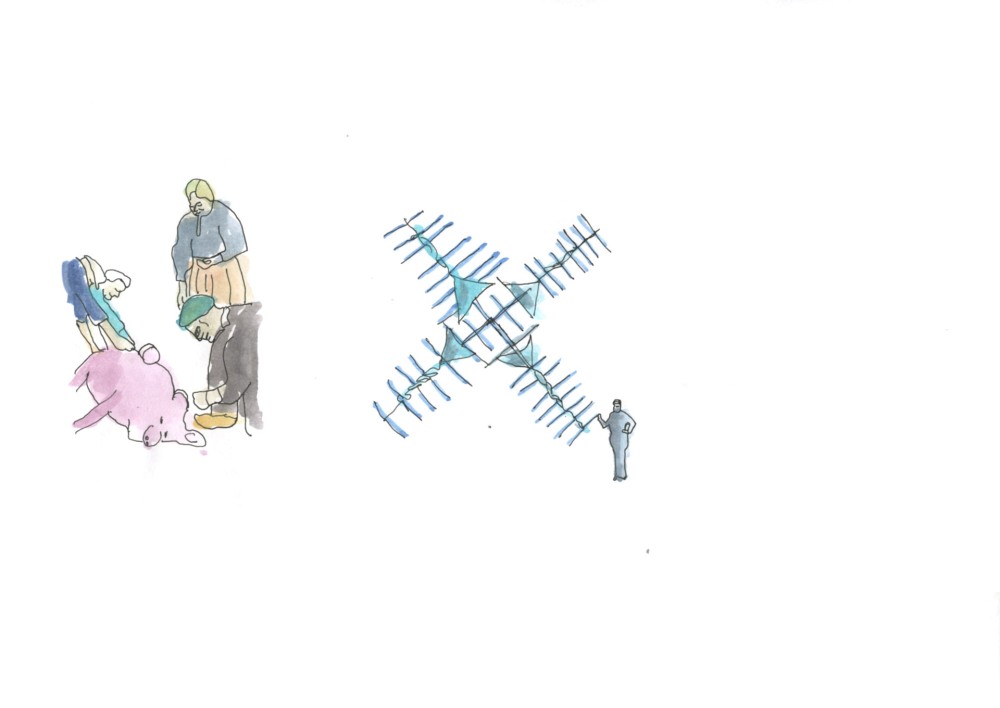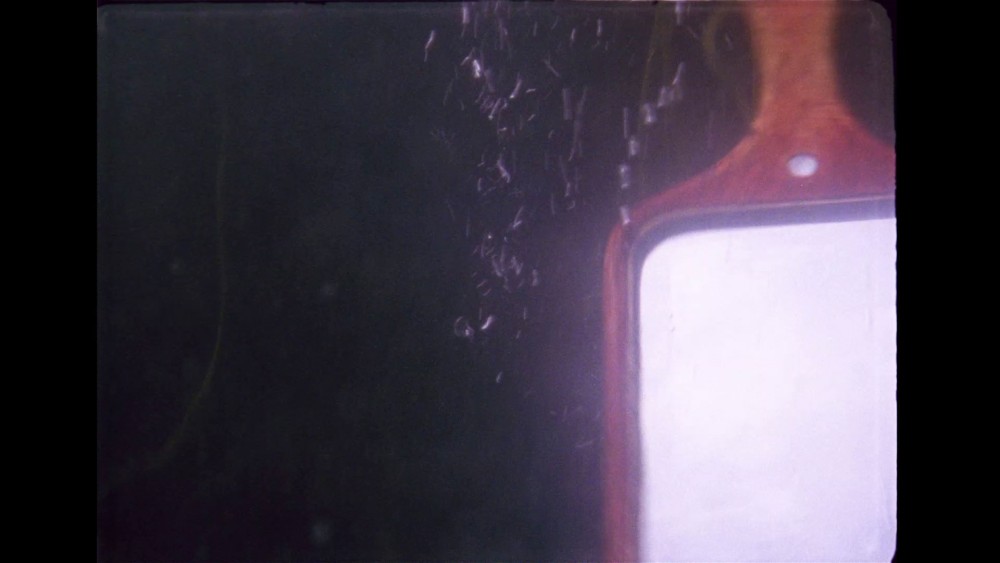Ulla Von Brandenburg
*Semaphore Residency #24
A retreat residency, connected to the context of the Créac’h lighthouse on Ouessant.
Ouessant











*Semaphore Residency #24
A retreat residency, connected to the context of the Créac’h lighthouse on Ouessant.











“No need to travel to the other side of the planet to find a place that is both isolated and open to the world, with wild beauty, surrounded by jagged coastlines like fortresses standing firm against the assaults of the Iroise Sea. The preserved, untamed nature is at the mercy of the elements: land, sky, ocean, as magnificent as they are wild on stormy days.
Ulla von Brandenburg, a German-born artist based in Paris, born in 1974 in Karlsruhe and one of the four finalists nominated for the Marcel Duchamp Prize in 2016, fully experienced this fascinating and grandiose spectacle during a stay on the ultimate island of Finistère. This “end of the Earth,” separated from America only by the Ocean, as the saying goes, “Who sees Ouessant sees their blood,” well known to sailors… Some places reveal us to ourselves, bring us back to the essentials—though not without roughing us up along the way. Such is the case with Finistère, a land of extremes, “faithful to our primitive state,” as the great historian Jules Michelet put it.
An exposed residency to the sea breeze
Thanks to the association Finis terrae, which has been setting up an annual artist residency program in this legendary corner of the world exposed to the Atlantic’s sea breezes and currents, the artist was able to immerse herself, with her family, in the “Ouessant spirit” at one of the island’s iconic locations, the Créac’h lighthouse. A lighthouse, to show the way on this Celtic land once favored by druids? A “lanterna magica,” a compass that saved many a ship, as magical as the light on the rocks and sea. The only requirement of this residency, stated in the association’s principles: “Residents work on the specific territory of the island or argue their relationship to isolation and insularity during this one-month stay.”
“In Ouessant, there is a strong connection with Celtic myths and the sea, which allows people to feed themselves, to make a living through fishing, but also brings death,” explains Ulla von Brandenburg. “The wind is omnipresent, even in July when I was there. You had to wear a sweater and jacket while it was a heatwave in Paris… I had known about this residency for a while. The place is exceptional, on a barren island. There, you’re completely elsewhere. I had wanted to go there for a long time.” A great admirer of the films of the poet, documentarist, and filmmaker Jean Epstein, particularly impressed by Le Tempestaire, a short film shot on the island in 1947, she approached this residency with a specific project. “In this film, there are living tableaux: two women, a spinning wheel, trees that, motionless, suddenly start moving, as if to highlight the transition from photography to cinema. It had made an impression on me. A scene also shows a woman worrying about her husband, who is at sea. She goes to a man to ask him to stop the wind with his crystal ball. I was moved by this aspect, these old pagan beliefs that are disappearing with modernity. Jean Epstein is also one of the first to have filmed underwater images.”
Following in the footsteps—or, so to speak, in the current—of her illustrious mentor, fascinated by Brittany and already steeped in New Wave ideas (filming outdoors, with extreme freedom), Ulla von Brandenburg decided to film underwater objects submerged in the sea. Not in video, but using a vintage 1950 Bolex camera, equipped with a period waterproof housing. She captured on film the slow descent to the abyss of “a fan, ropes, ribbons, fabric, a book on revolution, a mirror, but also a crystal ball…” At the Palais de Tokyo, she will show five films from this adventurous underwater shoot, in a labyrinthine set-up made of blue fabric. “Water is the very image of the unconscious. In this exhibition, it will be much about the objects we are surrounded by, their daily manipulation. In the end, they will disappear into the distance. We filmed, in a rather deep small harbor, the objects that truly end up being lost in the dark.”
“A true family production!”
Adventurous filming? “I had never dived before, it wasn’t the easiest conditions for shooting. We toured the island for location scouting. There were strong differences in water temperature. We also wanted to film on one of the large beaches, but the water was murky due to the sand. We finally favored spots where the water was clearer, sheltered from waves and rocks, taking the tides into account. I worked with my family, with my partner and our children. My youngest son acted as the assistant to catch the objects underwater. It’s a true family production!” What does she take away from this experience? “With the wind, the water, this nature so beautiful that it makes you withdraw. You’re closer to Scotland than to the jungle. It’s a kind of retreat. We did everything by bike, it was very physical. The body is confronted with each of these elements, more powerful than we are. It’s a strong experience.” On-site, Ulla von Brandenburg revisited Epstein’s films, especially the footage of the lighthouse. “This awareness that I was exactly where he filmed had an impact. I used some objects I found on the island in my films: a tambourine with ribbons that looks like a jellyfish when it sinks in the water, an orange metal box… I discovered an extreme variety of flora, with the most beautiful seaweed I’ve ever seen. All this inspired me, even though you might not necessarily recognize Ouessant when watching the films at the Palais de Tokyo.”
Listening to her, seeing the whole island from the top of this lighthouse, 360 degrees, the border between the Channel and the Atlantic, with this rich mythology of the sea in mind, also mattered. And she concludes, delighted, with a caveat: “My work is always very close to my private life. In Ouessant, it wasn’t an extreme effort, nor even work, but time spent with my children, who participated in this project. It was also a family vacation! Even though three weeks felt a bit short. And there was a certain pressure because we had to send the films by mail to Belgium to have them developed and check that everything was okay, before filming again if necessary.”“
Let me know if you need any adjustments or further details!”
Stéphane Renault